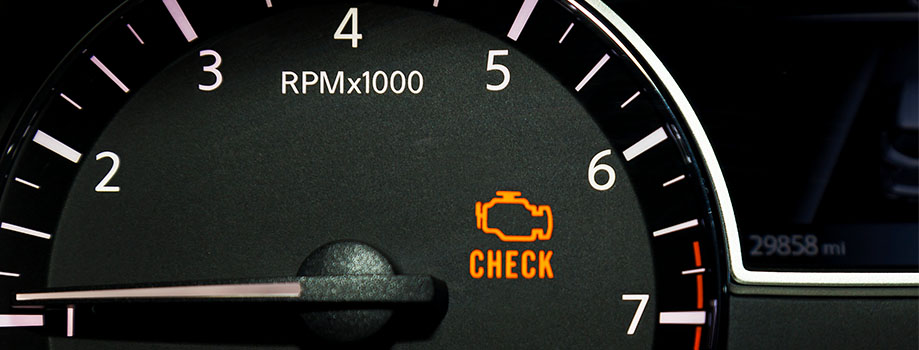

If you own a car, you know how expensive it can be. Monthly payments, insurance and gas all add up.
Keeping up with regular maintenance can help you avoid bigger troubles and expenses down the road. It may even be helpful to set up a reminder on your calendar to do routine monthly checks.
Keep reading for our 6 tips for saving money on car maintenance expenses.

1. stay on top of routine maintenance
Be sure to check your car’s manual to determine what needs to be done and when.
By keeping up with routine maintenance like oil changes, your car can operate more efficiently, which could save you money. Plus, it may help you avoid costly repairs in the future.
Tune-ups are important, too. A poorly tuned engine burns more gas.*

2. check your oil regularly
Why should you do this? If your car runs out of oil, you could have an expensive repair that could have been avoided.
Go back to your owner’s manual or do an online search to find out how to check the oil in your specific vehicle, and how to add it if your level is low. Safety first! Turn your engine off before checking your oil.
Washer fluid is another easy one to check and fill. Doing both yourself is much cheaper than paying a mechanic or dealership.

3. keep tires inflated to the proper pressure
You can improve your gas mileage by 0.6% on average by keeping your tires inflated properly. That could mean gas savings of about $0.02 a gallon.†
Proper tire pressure is also important for safety, can help your tires last longer and will give your car a more comfortable ride.
Keep a tire pressure gauge in your car and when you need to add air, some gas stations and convenience stores may offer it for free.

4. don’t ignore warning lights
We can’t stress this enough: Don’t ignore those warning lights, especially the check engine light. It’s the one that looks like a submarine.
If that light comes on, get it checked right away. Some auto parts stores will do it for free and it may be a simple fix, like replacing a gas cap.
Ignoring this light could mean major repairs. Read your car’s manual to learn what each light means so if one comes on, you know what to do.

5. DIY small repairs
If you’re handy, doing your own repairs is a great way to save money on maintenance.
Changing fuses, turn-signal lights, headlights and wiper blades are relatively easy fixes that can help you save big dollars on labor costs.
If you’re good with tools, changing your own oil can save you money too. Be sure to use the car manufacturer’s recommended motor oil. That can improve your gas mileage by 1%–2% which translates to savings of $0.04–$0.07 a gallon.†

6. shop around for a mechanic
It’s a good idea to have a mechanic before your car needs repairs. That’s already a stressful time and if your car is undriveable, you won’t be able to check out different mechanics.
Ask your friends, family and neighbors about their experiences and who they think offers fair prices and good-quality work.
Some neighborhood social-media sites may also be a good place to ask for recommendations.
Dealerships can be more expensive, but they also have access to the manufacturer’s database for recalls, which is important if you have a newer car.
†Based on an assumed fuel price of $3.71/gallon. https://www.fueleconomy.gov/feg/factors.shtml
*https://www.fueleconomy.gov/feg/maintain.jsp









